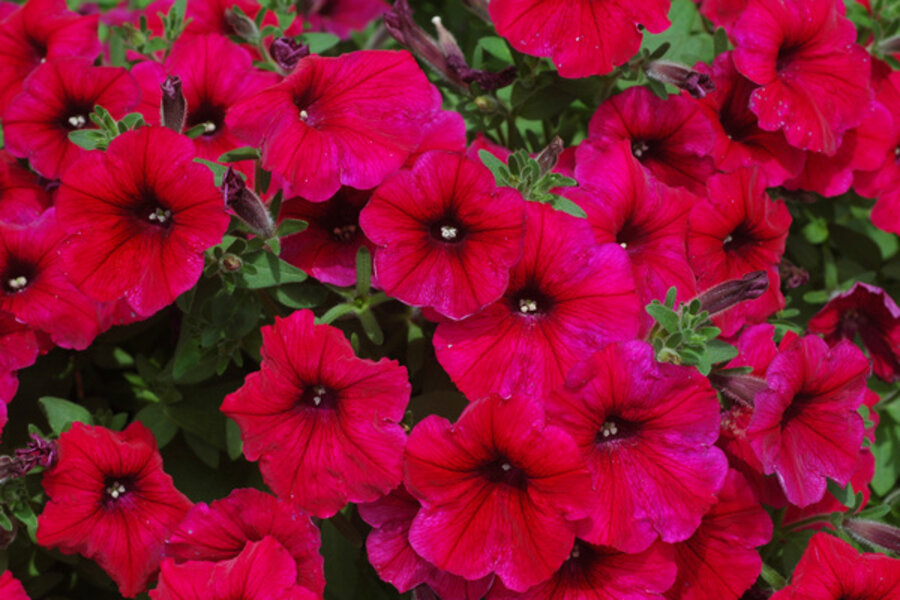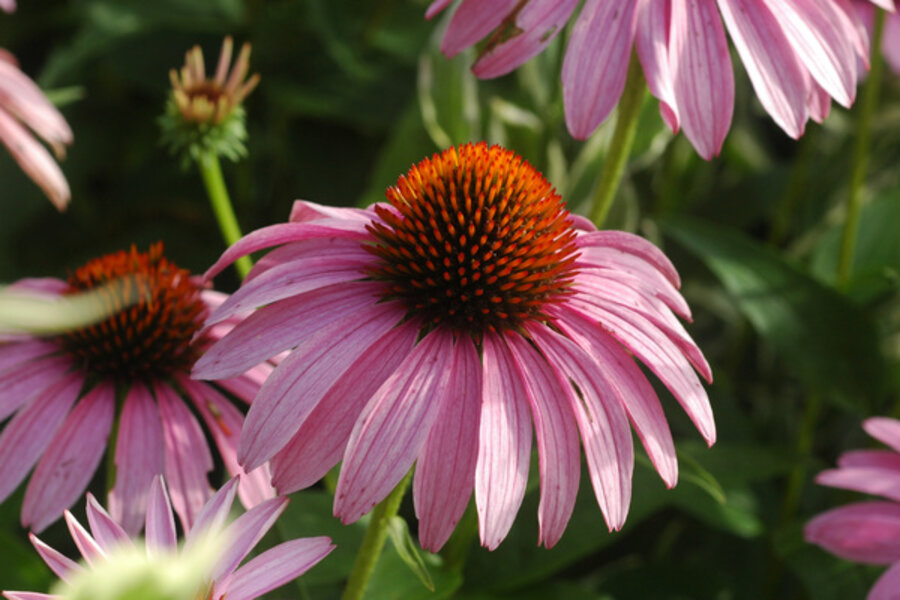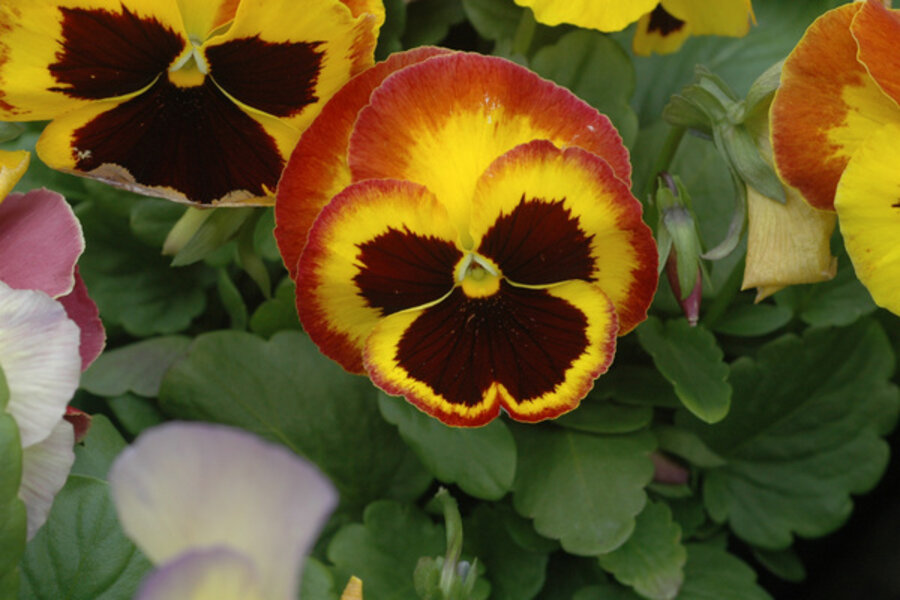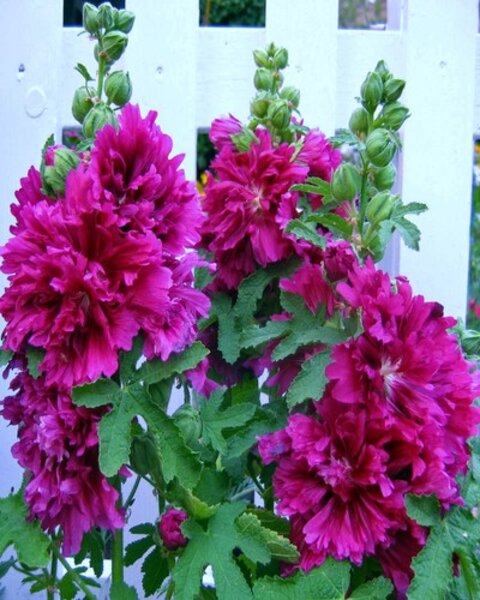Garden catalog season: New isn't necessarily better
Loading...
While it was still 2010, the 2011's seed catalogs began arriving. I’m not complaining: So many horticultural companies either have gone belly up or are exclusively online with their inventory that I’m grateful for every catalog that finds its way to my mailbox.
Garden catalogs are high on my winter reading list, as they were with former New Yorker editor Katharine White. Her shrewd catalog reviews, often filled with grumbles about breeders’ obsession with the new and different, were collected as "Onward and Upward in the Garden" by her husband, E.B. White, in 1979. They still make good reading.
This year’s catalogs contain plenty of flowers that deserve a place in every garden, including many species and heirloom and open-pollinated varieties.
These are big improvements
There also are scores of newer cultivars that are stronger, longer-blooming, and more hardy and disease resistant — just plain better — than the varieties I ordered a decade ago.
What’s not to love about a daylily like ‘Happy Returns’, which blooms longer than one day? Who would want to give up hanging baskets filled with Supertunias, vigorous hybrid petunias that are everblooming, self-cleaning, and disease resistant? [See first photo above.]
Not I.
For these and for mildew-resistant bee balms, asters that stay vertical without my help, and much more, I’m thankful.
Do we really need these plants?
But in the Grumble Department, I’m skeptical of any flower whose catalog description begins with “unlike anything you’ve ever grown.” Over the years I’ve learned that “unique” and “new” are not always virtues.
Hollyhocks used to be simple and beautiful and perfect for turning into floral dolls. Now most varieties have extra petals and resemble the Kleenex flowers I once made to decorate for the junior prom. Among them is ‘Queeny Purple’ [see photo at left], which not only has cluttered double blossoms but is only 30 inches tall.
It may have won an All America Selections award, but it doesn’t win a place on my seed list.
Or Aquilegia vulgaris ‘Lime Sorbet’, which is a “double pom-pom” and “without spurs.” Who would want a columbine without its striking spurs? And if I wanted a pom-pon, I would grow Dahlia ‘Ginger Willo’ or an African marigold.
What is it with breeders who insist on making flowers look wholly different from what they’ve looked like for centuries? Why would anyone want a coneflower to look a zinnia? That’s the lamentable fate of Echinacea. purpurea ‘Pink Poodle’. [See second photo above for what a purple coneflower should look like.]
Call me a horticultural fuddy-duddy, an aesthetic stick-in-the-mud. Taste is personal, as my fellow blogger Judy Lowe reminded me when she e-mailed that she never recommends florist’s cyclamens to Southern gardeners, an indoor plant that thrives in my cool Vermont house.
And some very good gardeners love ‘Queeny Purple’.
But I still think hollyhocks ought to have five petals. Sunflowers ought to be taller than 24 inches, pansies ought to have faces [see third photo above], and flowering tobacco ought to have fragrance.
Compact, strong stems, disease-resistance, and improved hardiness I like, but enough of the extra petals, frills, ruffles, and fringes, the weird colors, and other artless embellishments.
Every year hundreds of flower varieties disappear from commerce. While we all should mourn losses in the flora gene pool — and support the work of Seed Savers Exchange and other preservation organizations —I admit that I won’t grieve if ‘Pink Poodle’ and ‘Lime Sorbet’ and few other breeding excesses don’t appear in the 2012 catalogs. R.I.P.
-----
Karan Davis Cutler is one of nine regular bloggers at Diggin’ It. She's a former magazine editor and newspaper columnist and the author of scores of garden articles and more than a dozen books, including “Burpee - The Complete Flower Gardener” and “Herb Gardening for Dummies.” She now struggles to garden in the unyieldingly dense clay of Addison County, Vt., on the shore of Lake Champlain, where she is working on a book about gardening to attract birds and other wildlife. To read more by Karan, click here.








